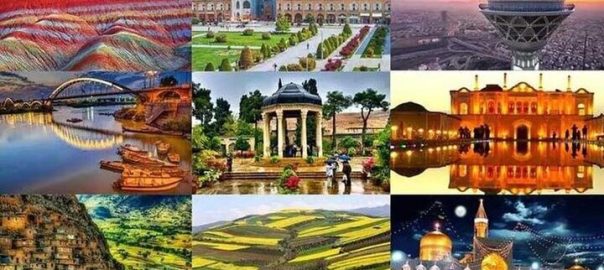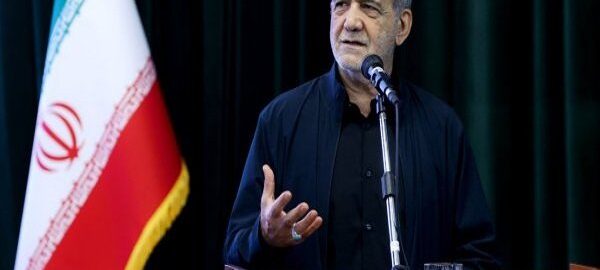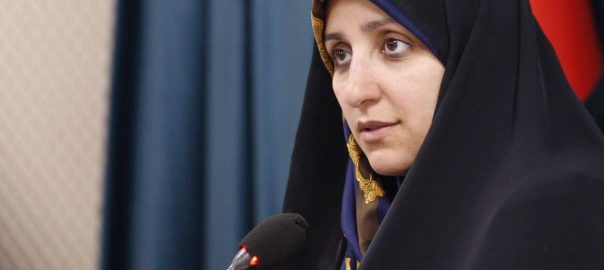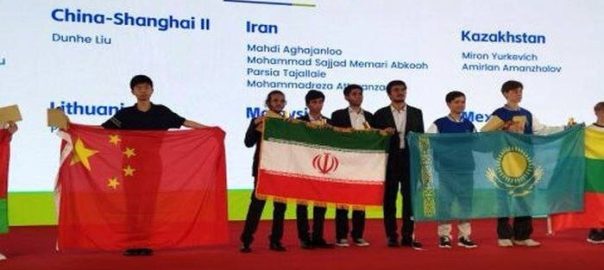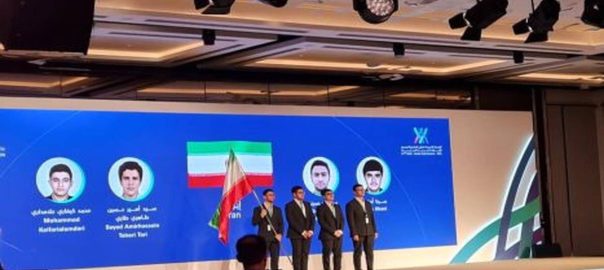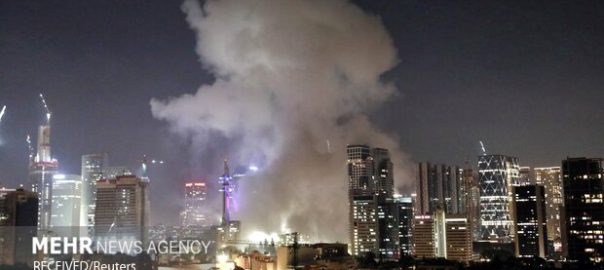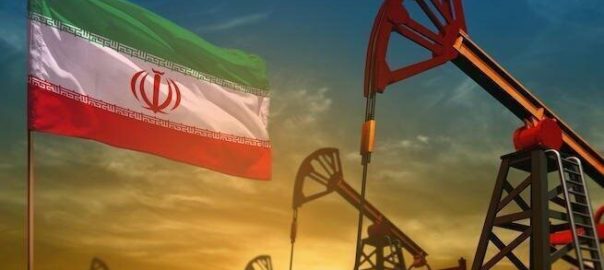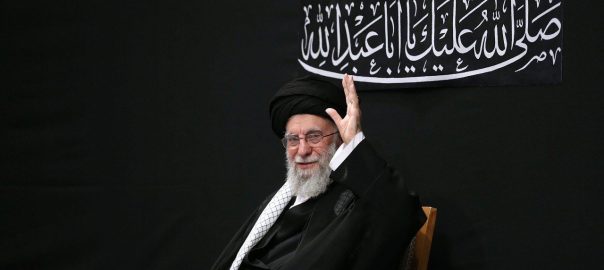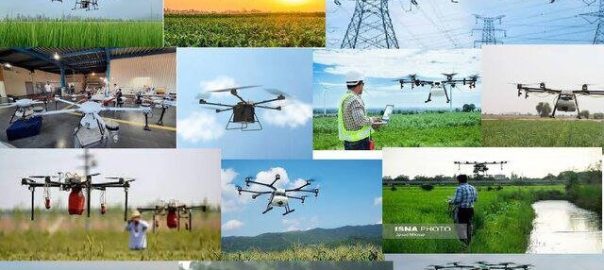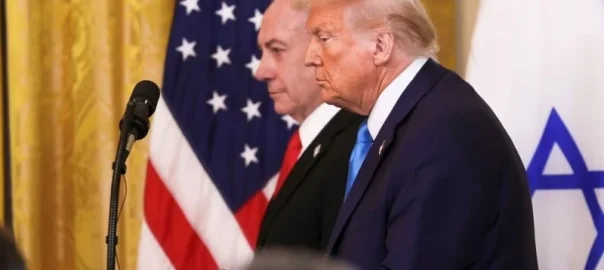An Iranian team comprising six students placed second in the 3rd International Mathematics Summer Camp (IMSC) held in Beijing, China, from June 20 to July 12, 2025.
Bardia Khosh-Eqbal grabbed a gold medal, Mehdi Aqajanloo, Parsa Tajallaei, Mohammad-Reza Attaranzadeh, and Mohammad-Sajad Memari won silver medals, and Amir-Hossein Zarei won a bronze medal, IRIB reported.
The event served as a training ground for the upcoming International Mathematical Olympiad (IMO) in Sunshine Coast, Australia.
It was a three-week training program designed to strengthen students’ problem-solving skills in elementary mathematical fields, including algebra, geometry, number theory, combinatorics, and to enrich their analytic thinking, fostering a passion for math.
IMSC 2025 brought together over 300 people, including students and lecturers, from 32 countries such as Belarus, Belgium, Cameroon, Germany, Iran, Kazakhstan, Kyrgyzstan, Turkmenistan, the United States, Romania, Poland, and Uzbekistan.
It also provided students with tactics and knowledge crucial for excelling in competitions like the IMO. The camp featured lectures, problem sessions, mock tests, and evening seminars.
The Kazakh team also ranked second in this competition.
The IMO is the largest and most prestigious of all the international Olympiads, having grown from seven countries to over a hundred each year. IMO brings the brightest young minds from around the world and represents the culmination of many years of mathematical endeavour and hundreds of attempts at solving problems.
The 65th IMO was held from July 11 to 22, 2024, in Bath, United Kingdom. Some 108 countries and 609 students competed. The Iranian team scored 137 points, earning 19th place.
Recent achievements
Attending the second International Mathematics Olympiad for high school students in Turkmenistan, Iranian students managed to win seven bronze medals.
Hosted by Ashgabat Specialised General Education School, the event was held from April 21 to 26.
More than 230 talented students from 15 countries, including Russia, Belarus, Uzbekistan, Tajikistan, Iran, Armenia, Bulgaria, Nepal, China, Turkey, Saudi Arabia, Pakistan, Vietnam, Qatar, and Turkmenistan, took part in the competition.
Thirty-one students from North Khorasan represented Iran in the second Olympiad. Mohammad-Javad Kamali Kalati, Arya Mohammadi Razi, Mahsa Abron, Sajjad Azizi, Mahyar Forooghifar, Yalda Mesrzadeh, and Setayesh Rahimi won bronze medals, Tasnim news agency reported.
Iranian students won two silver and two bronze medals, ranking fourth at the Turkic International Mathematics Olympiad (TIMO) held from April 17 to 22, in Antalya.
TIMO is an international event that is open to students from grades 3 to 12. The competition is held in two rounds, including the preliminary and global rounds.
In the preliminary round, over 27,350 students from 35 countries competed against each other online in December. The offline qualifying exam had 25 multiple-choice questions, administered for 60 minutes.
Parnian Heydarian and Anusha Abdi grabbed silver medals and won the world star awards, while Fatemeh Mazini and Ava Dejagah won bronze medals.
Iran world’s third top country in intl. Olympiads
Attending several international Olympiads in 2024, Iranian students managed to win 10 gold medals, 10 silver medals, and two bronze medals, ranking third globally.
The United States and China ranked first and second, respectively. South Korea and India both ranked fourth, ISNA reported.
Iranian students grabbed a gold medal, two silver medals, and a bronze medal at the 36th IOI, ranking 9th among 96 countries. Egypt hosted the event in September 2024.
In a remarkable achievement, Iranian students won five gold medals, ranking first in the 17th IOAA, which was held in August 2024 in Vassouras, state of Rio de Janeiro, Brazil.
Over 250 students from 57 countries participated in the event.
Five Iranian students who attended the 54th International Physics Olympiad managed to win a gold medal and four silver medals, improving the country’s ranking from 17th in 2023 to fourth.
The 54th edition of the IPhO was held in July 2024 in the city of Isfahan.
A total of 200 elite students from 47 countries participated in the nine-day event, IRNA reported.
Iran grabbed one gold medal and three silver medals at the 56th IChO which was held in Saudi Arabia in July. The IChO 2024 was held under the slogan ‘Building Connections Together’.
A total of 333 talented men and women from 90 countries participated in the competitions.
The 65th IMO was held from July 11 to 22, 2024, in Bath, United Kingdom. Some 108 countries and 609 students competed. The Iranian team scored 137 points, earning 19th place.
Iran succeeded in winning two gold medals and two silver medals at the 35th edition of the International Biology Olympiad (IBO) held in Astana, Kazakhstan, in July 2024.
IBO 2024 hosted more than 800 students, leaders, observers, and guests from over 80 countries.
/T.T/

